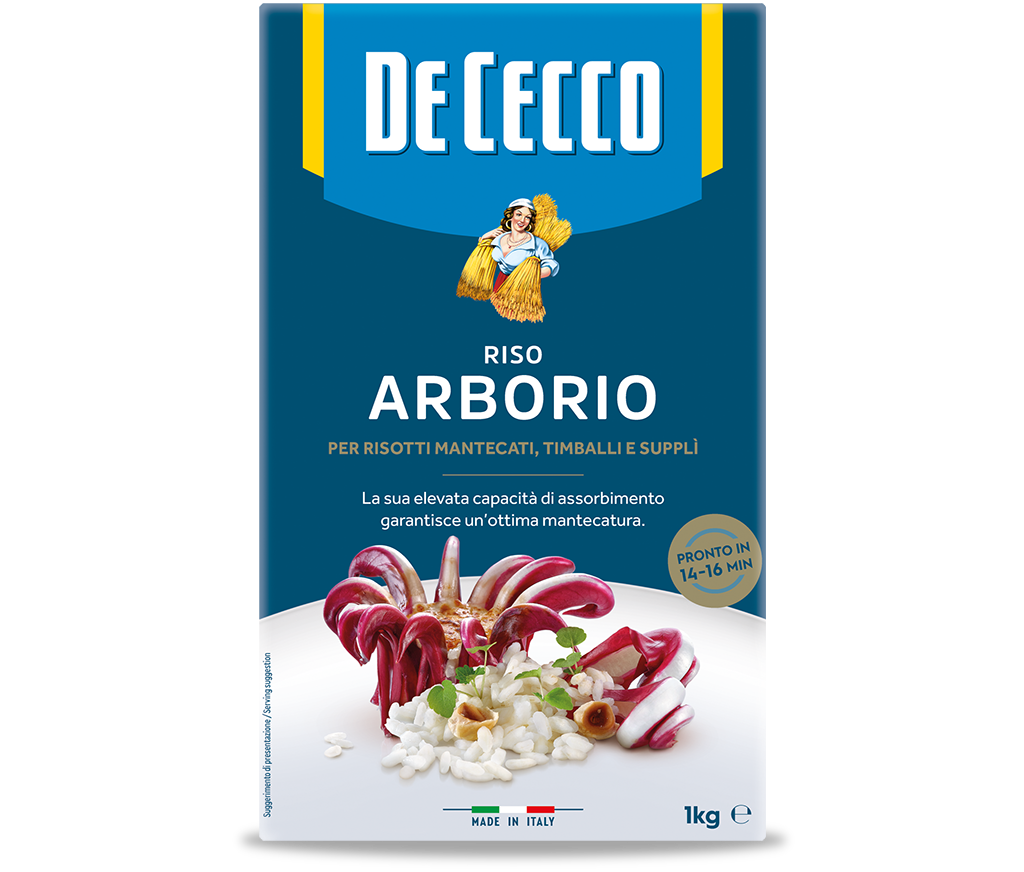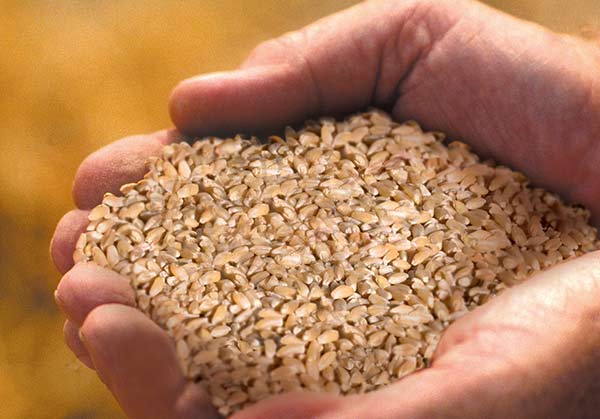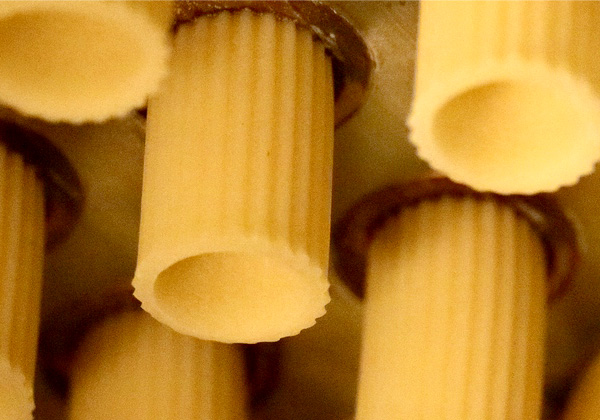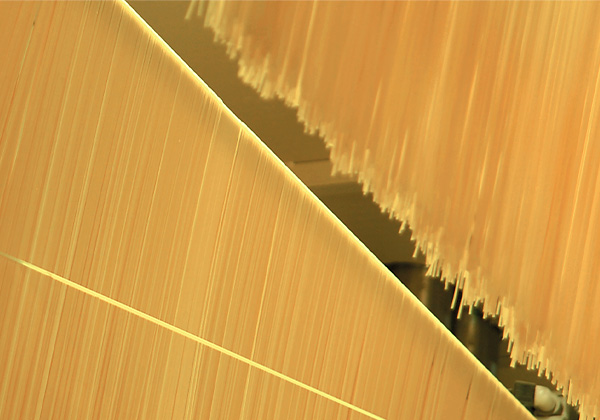Riso Roma
With its large, rounded grains, Roma rice is a very popular ingredient due to an extreme versatility that makes it suitable for almost all dishes. With its high starch content, it creates soft and creamy risottos, and is perfect for timbales and rice patties. It is also the ideal rice for delicious ‘arancini’ (fried rice balls).
- Cooking time: 13-15 min
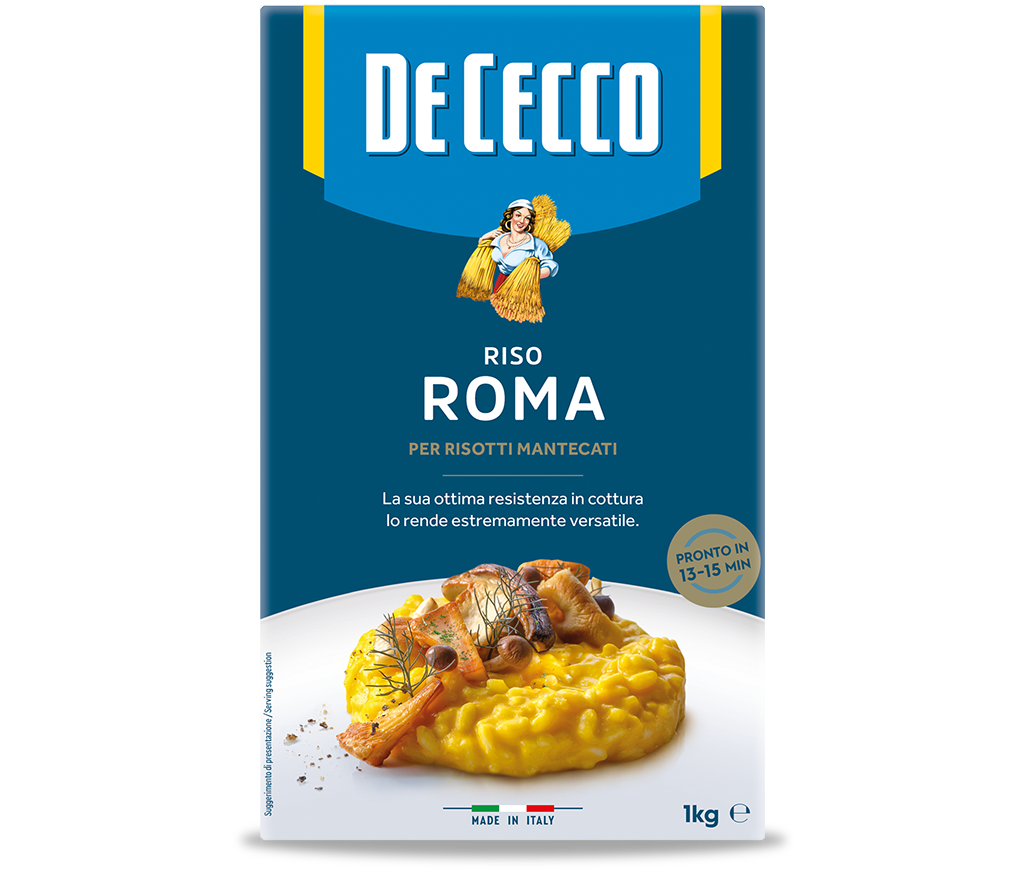
Our method
Riso Arborio
This is one of the most popular rice varieties in Italy, thanks to its shape and texture. The plump grain rice maintains its consistency throughout cooking. During cooking, the heat penetrates the most peripheral area of the grain, leaving the central core (rich in starch) ‘al dente’.
This is what makes it suitable for all types of risottos, which can be deliciously creamy, as well as for timbales and ‘supplì’ (Rome’s mozzarella-filled rice croquettes). Arborio rice is named after the town of the same name in Vercelli where it was first selected in 1946, derived from the Vialone cultivar.
Even today, these areas of the Po Valley are the largest producers of Arborio rice.
